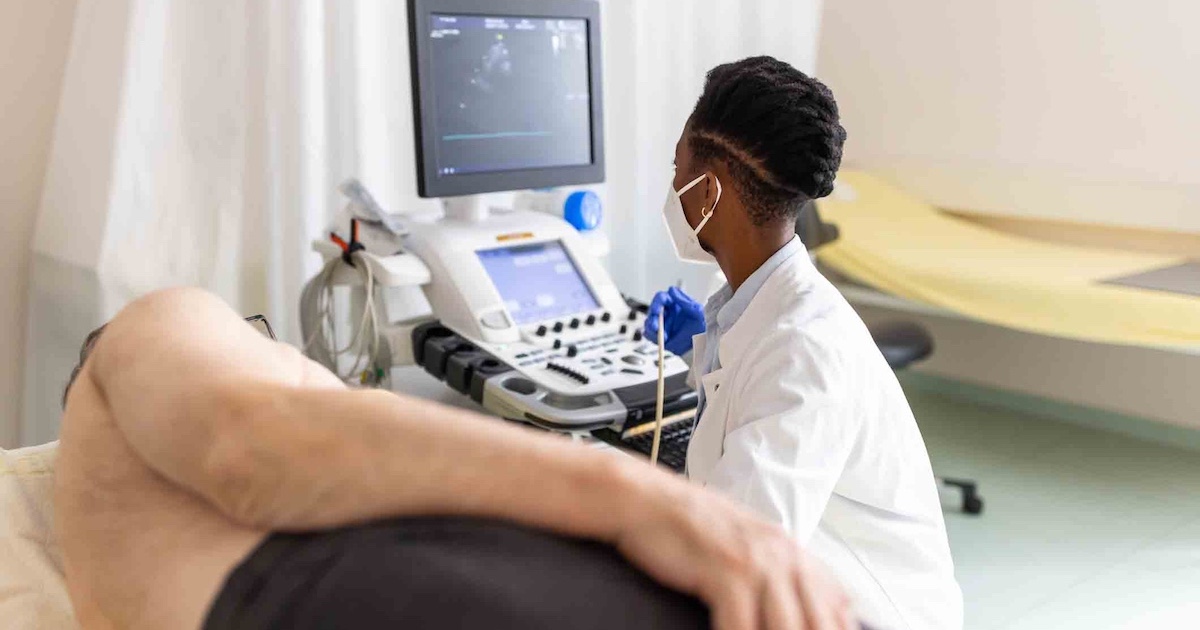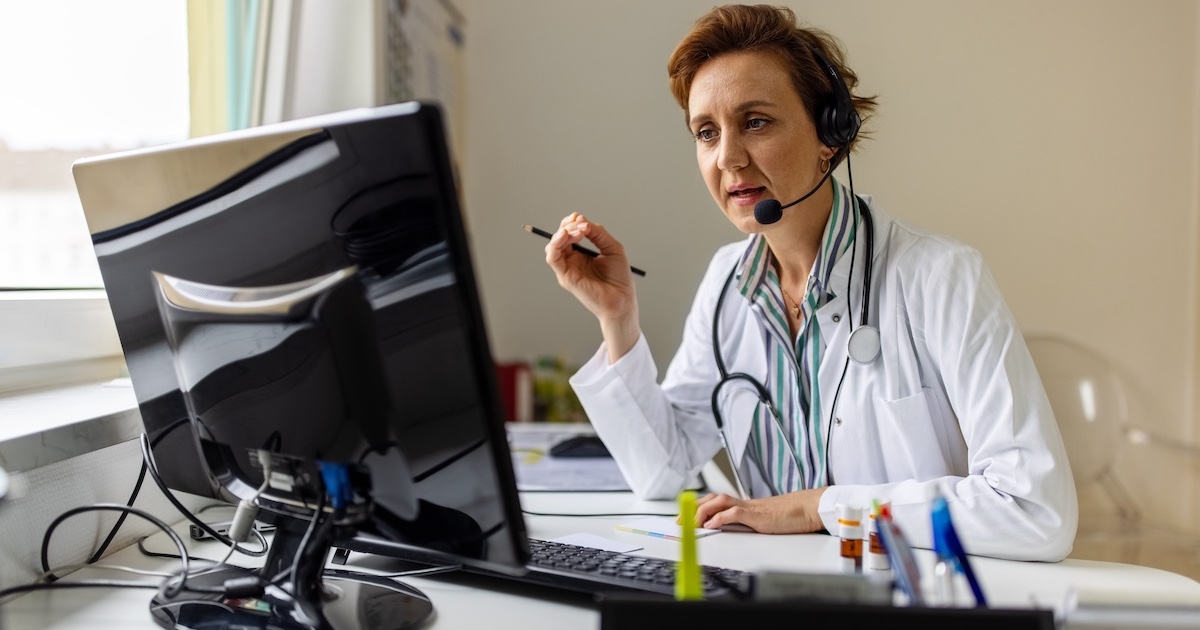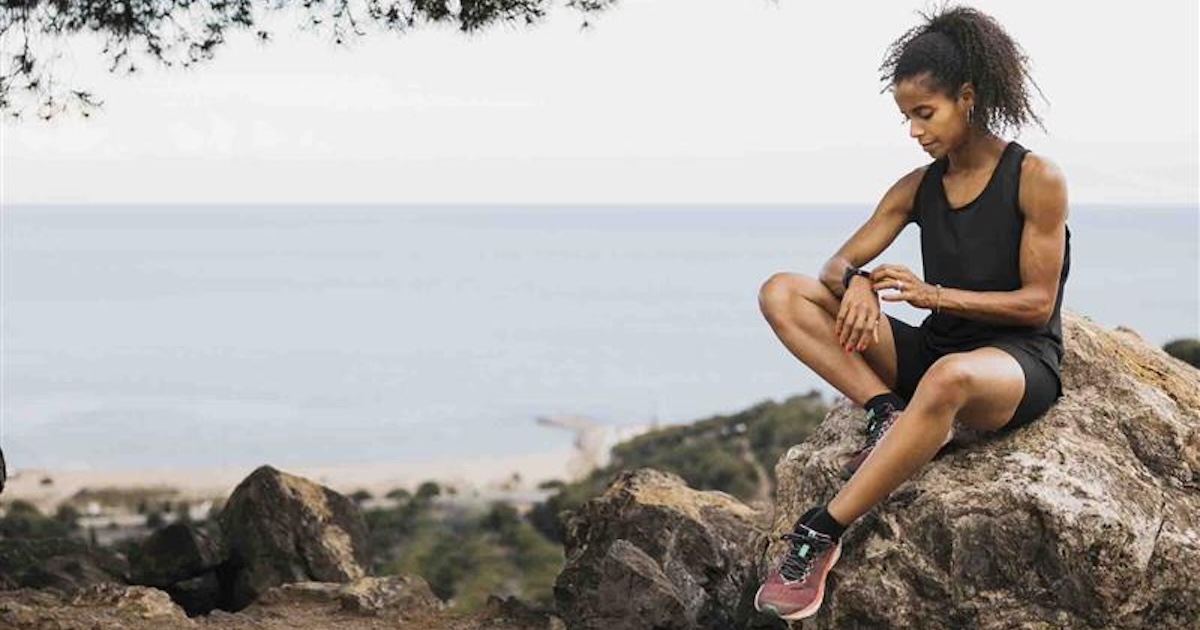Sometimes we forget what the "mobile" in mobile health really means.
Take Montgomery County Memorial Hospital. The Red Oak, Iowa-based health system, which serves a wide swath of rural southwest Iowa, found that its hospital and clinics weren't meeting the needs of residents of the many small towns. The elderly, the two-job working families in bedroom communities, the farmers and day laborers weren't coming to them for the healthcare they needed.
So hospital officials took the healthcare to them.

Partnering with the Verizon Wireless LTE in Rutal America Program and Chat Mobility, the health system launched Heartland Mobile Health, a specially equipped, camper-sized van with full clinical capabilities that travels out to the communities. Often parking in the center of town, near a community center or pharmacy – with 4G wireless connectivity to the pharmacy as well as the hospital's EHR platform and staff – the vehicle "is essentially a medical clinic on wheels," says Ronald G. Kloewer, the hospital's CIO.
While the idea of a mobile clinic has been tested and proven in urban areas like Los Angeles and New York, the concept is just now finding its place in rural America, where hospitals are geographically distant and fewer and fewer doctors are hanging their shingles. Some of the need is being met by retail clinics or urgent care clinics set up by health systems, but there's still a large population that can't or don’t want to go to those types of settings.
[See also: Verizon buys AOL: Telemedicine a part of the plan?]
"Small towns are really not conducive for healthcare" delivered from a hospital, Kloewer says. "In a lot of these communities there's a population that has significant transportation issues – they just don't have transportation at all. And many people don’t have the time" to drive dozens of miles (if not longer) to the nearest hospital or clinic."
"We want to re-introduce primary care services to the people who need it most," he says.

Armed with that wireless connectivity and an array of mHealth devices, and staffed by nurse practitioners with a real-time link back to the hospital, the mobile unit – which cost roughly $350,000 to build and equip - serves a wide variety of needs, ranging from emergency care to basic checkups, all the while connecting with the communities, the pharmacies and the local doctors and clinics that make up the backbone of rural healthcare.
"These people are intensely loyal to their community," says Kloewer. "And we're not there to be their primary care provider – that would mean all of our time would be booked with regular checkups. We're there to fill in the gaps. We're not trying to capture all these new patients and keep them, but to give them the care they need at a time that's best for them."
The key to this setup is the electronic medical record. Kloewer points out that past attempts to create rural clinics ended up with staffers carrying armloads of paper documents out to some reconditioned office, where they'd spend for too much time combing through the paperwork and finding it incomplete. Or they'd have access to a few laptops and a small server that would be more of a hassle than a help. By linking to the health system's EHR – as well as local doctors and pharmacies – Heartland Mobile Health can access the up-to-date record, schedule prescriptions, even chat in real-time with other clinicians and specialists if needed.
"This was really built around the need to get the EMR out to where care was to be provided," he says. "And I think it really reinforces the value of the EMR."
Kloewer says the health system is working to give the clinic access to as many mobile devices as possible, and may someday add videoconferencing to the menu. He also sees the clinic being used for immunization programs and workplace wellness clinics, as a disaster relief center and for high school sports physicals ("a right of passage for every teenager," he points out).
The clinic could become a model for other rural health systems. Heartland Mobile officials will be presenting an abstract at this year's National Mobile Health Clinic Association annual congress in St. Louis.
Kloewer says he's been surprised by how popular the mobile clinic is – with both patients and providers. Doctors and nurses are not only looking for opportunities to volunteer – they're also referring their patients to the mobile clinic, saving some of them a long trip into the hospital and a day of missed work or school.
"Everybody has a downtown that's nearby, but not everyone can make it into Red Oak," he points out. "They can't drive here but they can walk or scoot into town. And that's where they want to go."
See also:
Verizon grant helps bring mHealth to San Diego's neediest communities
USDA ramps up mobile, telehealth funding


